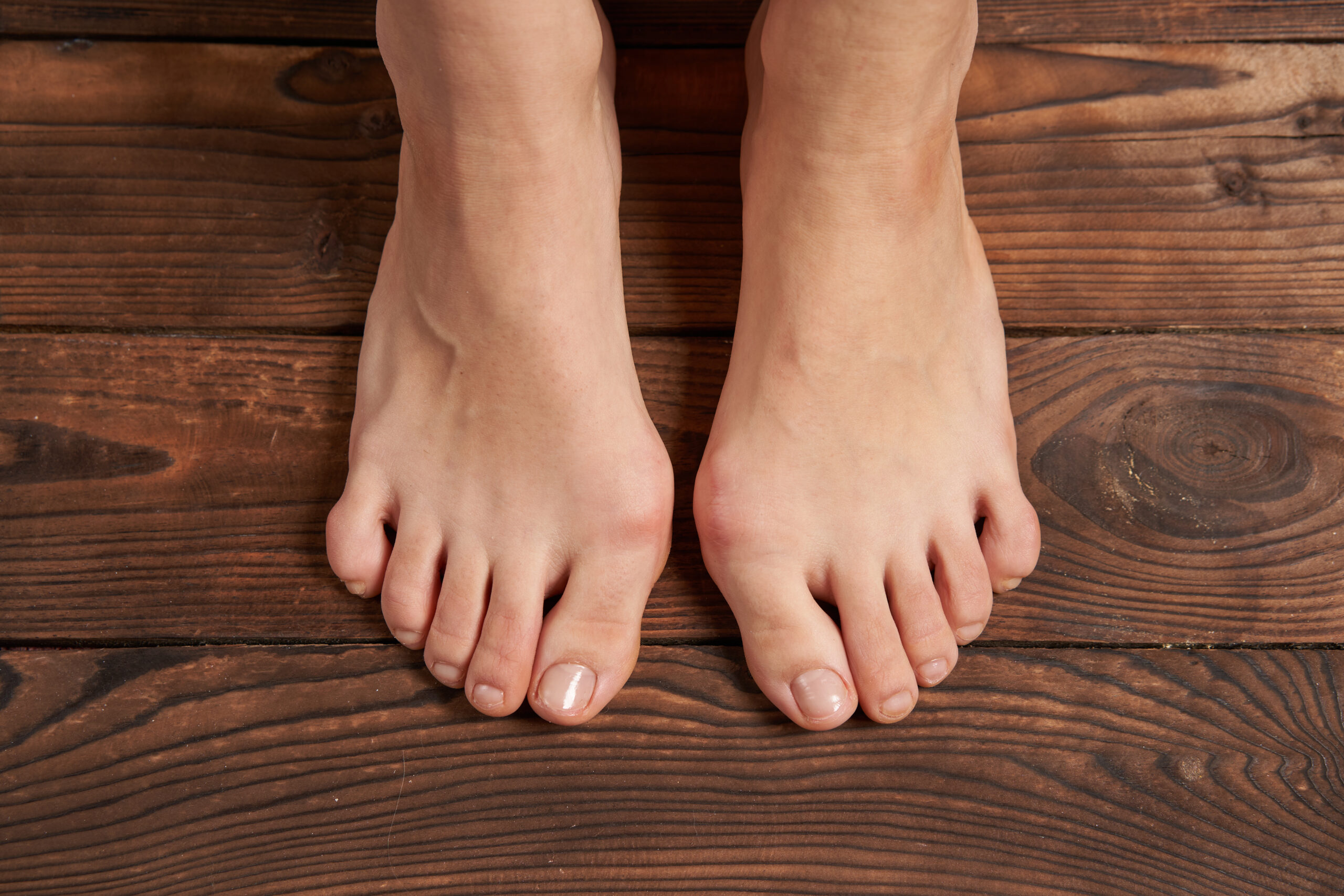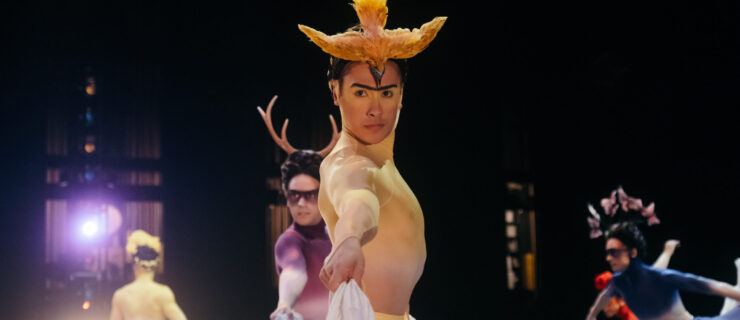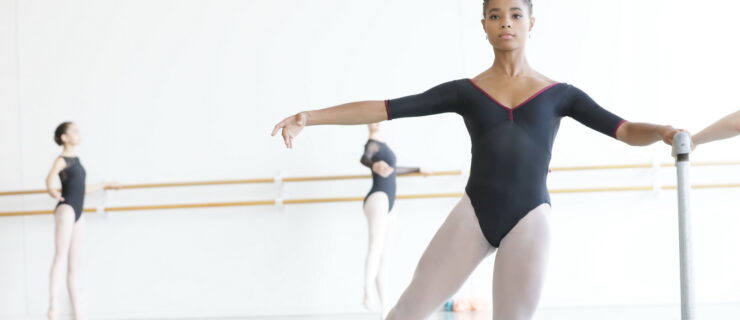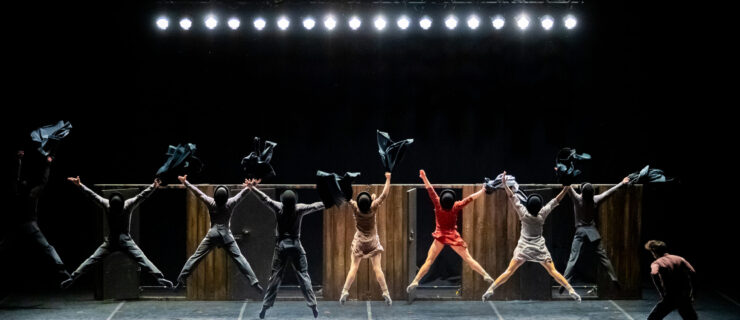Bunions 101: A Bunhead’s Guide to the Common Foot Issue
Most ballet dancers can correctly point to a bunion—the painful, bony bump that typically sticks out at the big toe joint—but what they are and why they develop is more complicated. “Some people think bunions are just a growth on the bone, but it’s really an angular deformity,” explains Nancy Kadel, MD, a board-certified orthopedic surgeon who specializes in foot and ankle care for dancers and performing artists in Seattle. Though bunions are a common foot issue for all kinds of dancers, that doesn’t make them any less pesky. Here’s what you need to know about how they form and how they can affect your dancing, as well as strategies for prevention and relief.
What They Are
Bunions form when there’s misalignment or dislocation of the big toe joint, called the metatarsal phalangeal joint. This causes the tip of your big toe to shift toward your smaller toes, and the metatarsal phalangeal joint swings out and protrudes, says Jessica Gallina, MD, a board-certified orthopedic surgeon who works with dancers in New York City.
Why do some people get bunions and others don’t? Bunions are genetic, and they tend to be inherited from your maternal side—if your mom and aunt have bunions, you’re more likely to get them too, Gallina explains. They are more common in certain foot types, like flatter feet. Other factors, like wearing tight or narrow shoes, can exacerbate bunions in people who are genetically predisposed. Most types of dance shoes, from pointe shoes to character heels, fit this criterion and can make bunions worse. While spending much of your time in pointe shoes won’t cause bunions, it can speed up their development if they run in your family, Kadel says. “But just being a ballet dancer alone doesn’t cause bunions,” she says.
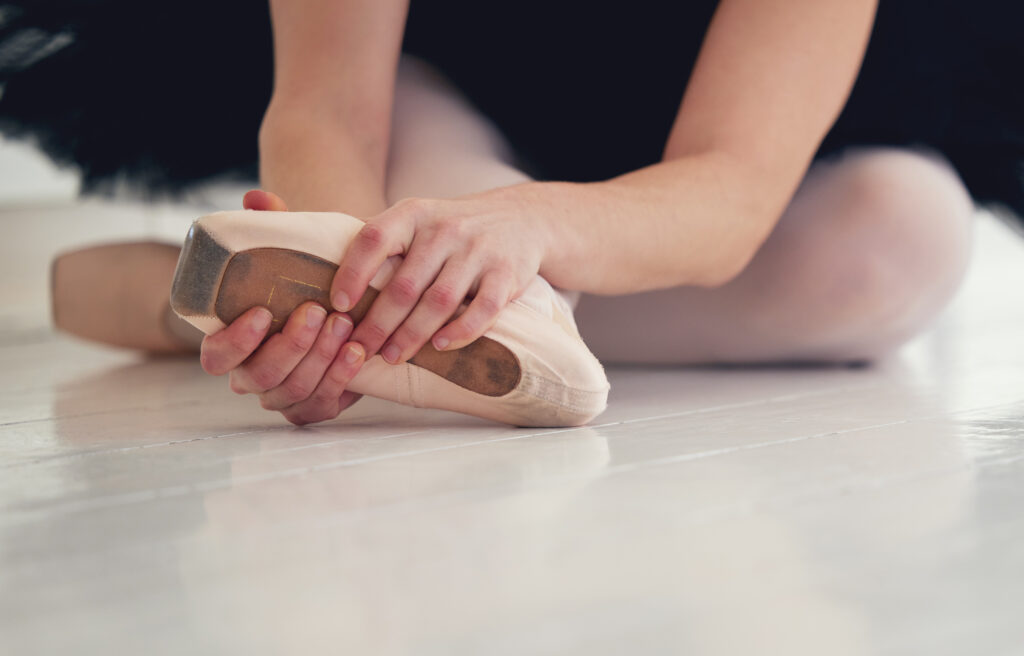
Related Issues
Besides being, well, kind of ugly, bunions can be painful. The extra force across the big toe joint can lead to more serious foot issues, including bursitis, an inflammation and swelling of the fluid-filled sac that acts as a cushion for the joint, says Kadel.
Gallina notes that dancers with bunions may have the tendency to shift their weight to their second metatarsal to alleviate the pressure on the big toe joint. This can make you more prone to overloading the second metatarsal or getting second metatarsal stress fractures, which are already common in dancers.
Ballet Arizona company member Eastlyn Jensen deals with a “tailor’s bunion” on each foot. Similar to a big-toe bunion, a tailor’s bunion is a smaller bump that forms on the outside of the fifth metatarsal bone, or little toe. Aesthetically, the bunion on her little toe can also make her pointed foot appear sickled. “I’m constantly trying to wing my feet in développé and arabesque to get a nice line,” she says.
In severe cases, bunions can impact a dancer’s ability to walk or find shoes that are comfortable. Sometimes, a really big bunion can cause the arch to collapse, says Gallina. In that case, “the dancer would have to do more strengthening to maintain the arch.”
Strategies for Prevention
If you have a family history of bunions, it’s somewhat inevitable that you’ll develop them down the line. Fortunately, there are proactive strategies that doctors say will keep bunions from getting worse. Prevention starts with making sure you’re wearing the right pointe shoes. For Jensen, that meant trial and error to find shoes with a slightly tapered box and the right vamp length, so her bunions didn’t pour over the tops of the shoes. “Obviously, pointe shoes need to be snug and tight to support your foot,” Kadel says, “but where people who have bunions sometimes get in trouble is they don’t get a long enough wing.” Pointe shoes with short vamps and wings can put excessive pressure on a bunion and make it worse; ideally you want the wing to come up just past the bump of the big toe joint.
Dancers with bunions may find that their pointe shoes tend to feel more comfortable as they break down, because the hard wings loosen and the satin stretches over the bump, Gallina says. “But dancing on dead pointe shoes isn’t good for other reasons,” she says. Instead, when breaking in your shoes, consider wetting the area around your bunion so the wing molds to the shape of the bump, Kadel adds.
What you wear inside your pointe shoes is equally important. “For dancers who are just starting on pointe, if they have a bunion, the start of one, or a strong family history, I recommend they definitely use a toe spacer,” Kadel says. A rubber toe spacer (or a triangle-shaped makeup sponge) placed between your first and second toes can help adjust the alignment of your big toe in your shoe. Jensen likes to position a toe pad over her tailor’s bunion.
Strategies for Relief
Having bunions can make your big toe joint swollen, red and sore. “Generally, once you get your shoes off, you feel better,” Gallina says. Soaking your feet in Epsom salt after you’re finished dancing for the day can help bring the inflammation down.
Jensen’s self-care routine includes icing her feet to reduce swelling. “When I’m in a pinch, like if we’re performing, I tend to put Orajel on the bunion just to numb it from any pinching,” she says. Lacing her fingers between her toes also provides relief to achy metatarsals—“It’s kind of gross, but I love it,” she says.
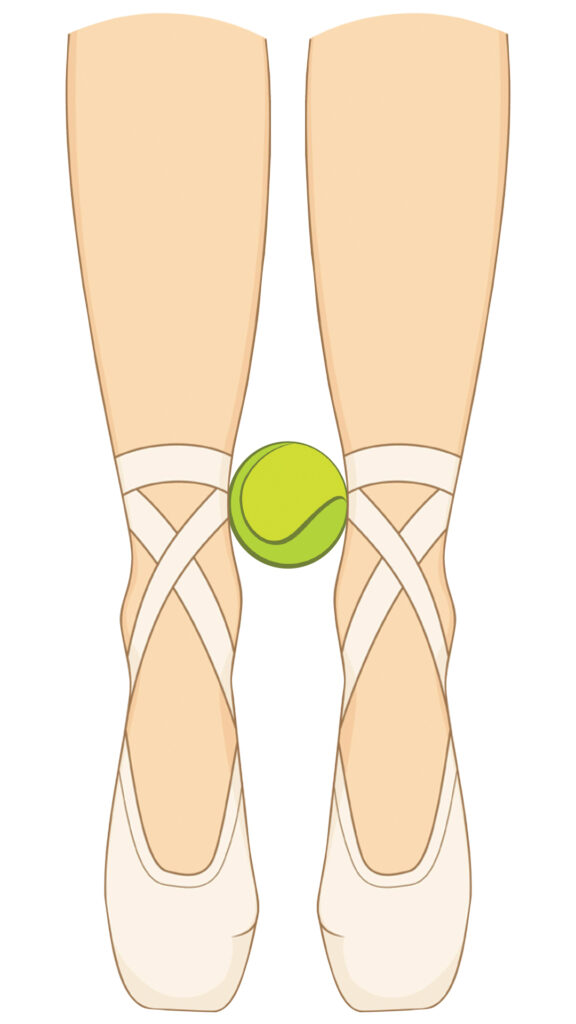
Kadel recommends the following exercises for bunion sufferers:
To strengthen the small muscles of the feet:
- Place a hair elastic around all of your toes and try to spread them apart, working against the resistance. Hold for a count of 3, and do 5 reps on each side.
- Practice “doming.” Press the toes down and try to lift the knuckles (metatarsal heads) off the floor while keeping your toes straight. Hold for 5–10 seconds. Do 5 reps on each side.
For your alignment:
- Wearing either flat shoes or pointe shoes, stand in parallel with a tennis ball between your ankles, and slowly roll up to relevé without dropping the ball. This will encourage proper alignment of your big toe and help you avoid winging and sickling in relevé. “Doing that 5 or 10 times as a warm-up before class can really get you thinking about being straight up on your box,” she says.
In serious cases, surgery to realign the toe joint can help stop the pain. “But for a dancer, we generally say to postpone surgery until after your peak period of dancing, because you’ll lose your range of motion,” says Gallina, who shares that most people with bunions find relief through at-home remedies and proper shoes and shoe accessories.
